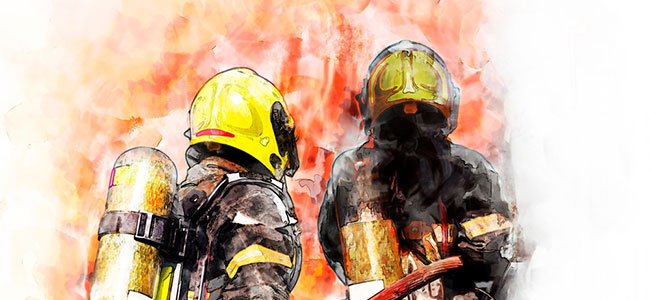Top Mistakes in Addressing Thermal Hazards
Fires happen every day, often with minor consequences, but plant operators and staff underestimate the importance of thermal hazard risk mitigation and response planning.
Assessing risk is tricky and often prone to subjectivity, with people equating familiarity with safety. Unless we work hard to take an objective approach, our past encounters with and repeated exposure to specific risks can affect our understanding of their potential for damage, muddying the waters to sometimes devastating effects.
For example, while most people feel safer in cars than airplanes, this phenomenon is not rooted in empirical evidence. On the contrary, the average American is over 2000 times more likely to die in a car accident than in a plane crash. This false feeling of safety is based entirely on lived experiences—and the same goes for understanding of thermal hazards.
The National Fire Protection Association (NFPA) estimates that American fire departments respond to nearly 38,000 fires in industrial manufacturing environments each year (based on a study conducted between 2011 and 2015). Just like car accidents, fires happen every day (over 100 each day in industrial environments alone), but the consequences of these events are generally minor and well-contained. As a result, plant operators and staff tend to underestimate the importance of engaging in ongoing and thoughtful thermal hazard risk mitigation and response planning.
That can lead to critical mistakes, such as:
- Hoping for the best and not expecting the worst.
Just because something is unlikely doesn’t mean it’s impossible. Still, many operators and facility managers “risk away” identified hazards because they conclude that low risk means no risk. Most fires, they reason, have no casualties. Additionally, few thermal incidents in industrial settings ever reach the public consciousness. In essence, they accept the risk—to their people, equipment and businesses’ reputations—and move on.
It makes sense. Why prepare if it’s unlikely to happen? But falling into this line of thinking can send operators down a dangerous path. With risk landscapes changing on a dime, assuming a complete understanding of a facility’s risk can be dangerous unless an operator is working to proactively control the risk with safeguards and engaging in rigorous evaluations. Unfortunately, “risking away” often comes with a lack of attention to these critical ongoing assessments.


